The significance of iconic Formula 1 tracks
Formula 1 tracks are not just patches of asphalt and concrete, but they are also steeped in history, legends, and stories of the greatest drivers who have ever raced. These iconic tracks are the perfect blend of speed, skill, and engineering, and they have been the battlegrounds for some of the most exhilarating races in history. From the tight and twisty streets of Monaco to the high-speed straights of Monza, each track has its unique challenges and rewards. But above all, they all offer the kind of spectacle that only Formula 1 can provide.
For die-hard fans, visiting these iconic tracks is a pilgrimage of sorts, a chance to experience the thrill and excitement of the sport up close. It's a chance to breathe in the history, to feel the rush of adrenaline, and to witness firsthand the incredible feats of engineering and skill that make Formula 1 such an awe-inspiring spectacle. And for those who are not fans, these tracks offer a glimpse into a world that is both fascinating and exhilarating, a chance to witness the pinnacle of human achievement and the limits of what is possible.
Monaco Grand Prix - history and track overview
The Monaco Grand Prix is one of the most iconic races in the Formula 1 calendar, and its track is equally legendary. The race has been held in Monaco since 1929, and the track winds its way through the narrow streets of Monte Carlo, making it one of the most challenging circuits in the world. The circuit is just 3.337 kilometers long, but it's packed with twists, turns, and elevation changes, making it a true test of driver skill.
The Monaco Grand Prix is known for its glamour and glitz, with celebrities and royalty flocking to the race each year. But it's also known for its history, with some of the most memorable moments in Formula 1 taking place on this track. From Ayrton Senna's legendary performances to Graham Hill's five victories, the Monaco Grand Prix is steeped in history and legends.
But it's not just the history that makes the Monaco Grand Prix so special. The track itself is a marvel of engineering, with its narrow streets and tight corners requiring precision driving and split-second decision making. It's a track that demands the very best from the drivers and the cars, and it's a spectacle that every racing fan should witness at least once.
Silverstone Circuit - history and track overview
The Silverstone Circuit in England is another iconic track in the Formula 1 calendar, and it has been the home of the British Grand Prix since 1948. The circuit is a high-speed affair, with long straights and sweeping corners that test the limits of the cars and the drivers. It's also a track that has seen some of the most dramatic and memorable moments in Formula 1 history.
The Silverstone Circuit has undergone several changes over the years, but it still retains its classic charm and character. The track is 5.891 kilometers long, and it's a true test of driver skill and endurance. From the high-speed Copse corner to the tight and technical Luffield complex, the Silverstone Circuit offers a wide range of challenges, making it a favorite among drivers and fans alike.
But it's not just the track that makes Silverstone special. The circuit is steeped in history, with legends like Jim Clark, Nigel Mansell, and Lewis Hamilton all making their mark on this iconic track. It's a track that has seen the highs and lows of Formula 1, and it's a testament to the enduring appeal of the sport.
Monza Circuit - history and track overview
The Monza Circuit in Italy is another iconic track in the Formula 1 calendar, and it's the home of the Italian Grand Prix. The track is known for its long straights and high-speed corners, making it one of the fastest circuits in the world. The circuit is just 5.793 kilometers long, but it's a true test of driver skill and bravery.
The Monza Circuit has seen some of the most memorable moments in Formula 1 history, from the legendary battles between Ayrton Senna and Alain Prost to the tragic accidents that have claimed the lives of some of the sport's greatest drivers. But despite the dangers, the Monza Circuit remains one of the most popular tracks in the Formula 1 calendar.
What makes Monza so special is not just its speed, but also its history. The circuit has been the home of the Italian Grand Prix since 1922, and it has played host to some of the most iconic moments in the history of the sport. From Juan Manuel Fangio's dominance in the 1950s to Michael Schumacher's seven victories, Monza is a track that is steeped in legends and stories.
Spa-Francorchamps Circuit - history and track overview
The Spa-Francorchamps Circuit in Belgium is one of the most challenging tracks in the Formula 1 calendar, and it's known for its high-speed corners, steep elevation changes, and unpredictable weather. The track is 7.004 kilometers long, making it one of the longest circuits in the world, and it offers a unique blend of speed, skill, and technical prowess.
Spa-Francorchamps has seen some of the most memorable moments in Formula 1 history, from Michael Schumacher's dominance in the 1990s to Ayrton Senna's incredible wet-weather performance in 1985. But it's not just the history that makes Spa-Francorchamps so special. The track itself is a marvel of engineering, with its high-speed corners and long straights requiring precision driving and split-second decision making.
What makes Spa-Francorchamps so unique is its location. The circuit is situated in the picturesque Ardennes forest, and it offers a stunning backdrop for one of the world's most thrilling sports. It's a track that demands respect and skill, and it's a true test of driver and machine.
Suzuka Circuit - history and track overview
The Suzuka Circuit in Japan is another iconic track in the Formula 1 calendar, and it's known for its challenging layout and technical corners. The circuit is 5.807 kilometers long, and it offers a unique blend of speed, skill, and precision driving. It's also a track that has seen some of the most dramatic and memorable moments in Formula 1 history.
The Suzuka Circuit is known for its high-speed corners and demanding layout, with the famous "S" curves and the tricky "Degner" corners testing the limits of the cars and the drivers. But it's not just the technical challenges that make Suzuka so special. The track is also steeped in history, with legends like Ayrton Senna and Michael Schumacher making their mark on this iconic circuit.
But what makes Suzuka truly unique is its location. The circuit is situated in the heart of Japan, with the stunning Mount Fuji providing a breathtaking backdrop for one of the world's most thrilling sports. It's a track that demands respect and skill, and it's a true test of driver and machine.
Marina Bay Street Circuit - history and track overview
The Marina Bay Street Circuit in Singapore is one of the most exciting tracks in the Formula 1 calendar, and it's known for its unique layout and challenging corners. The circuit is 5.063 kilometers long, and it's the only night race in the Formula 1 calendar, adding an extra layer of excitement and drama.
The Marina Bay Street Circuit is a true test of driver skill and precision, with its tight corners and unforgiving barriers requiring split-second decision making and razor-sharp reflexes. But it's not just the technical challenges that make Marina Bay so special. The track is also steeped in history, with legends like Sebastian Vettel and Lewis Hamilton making their mark on this iconic circuit.
But what makes Marina Bay truly unique is its location. The circuit is situated in the heart of Singapore, with the stunning city skyline providing a breathtaking backdrop for one of the world's most thrilling sports. It's a track that demands respect and skill, and it's a true test of driver and machine.
Other notable Formula 1 tracks and their history
While the tracks we've covered so far are some of the most iconic and famous circuits in the Formula 1 calendar, there are many other tracks that are worth mentioning. From the Circuit de Catalunya in Spain to the Circuit of the Americas in the United States, each track has its unique challenges and rewards.
The Circuit de Catalunya in Spain is known for its high-speed corners and technical layout, making it a favorite among drivers and fans alike. The track has been the home of the Spanish Grand Prix since 1991, and it has seen some of the most memorable moments in Formula 1 history.
The Circuit of the Americas in the United States is another iconic track in the Formula 1 calendar, and it's known for its sweeping corners and high-speed straights. The track is 5.513 kilometers long, and it offers a unique blend of speed, skill, and precision driving. It's also the only track in the United States that hosts a Formula 1 race, making it a must-visit for racing fans in the US.
Other notable tracks include the Hungaroring in Hungary, the Hockenheimring in Germany, and the Yas Marina Circuit in Abu Dhabi. Each track has its unique challenges and rewards, and each one offers a glimpse into the fascinating and exhilarating world of Formula 1.
Formula 1 tracks are not just patches of asphalt and concrete, but they are also steeped in history, legends, and stories of the greatest drivers who have ever raced. From the tight and twisty streets of Monaco to the high-speed straights of Monza, each track has its unique challenges and rewards. But above all, they all offer the kind of spectacle that only Formula 1 can provide.
Visiting these iconic tracks is a pilgrimage of sorts, a chance to experience the thrill and excitement of the sport up close. It's a chance to breathe in the history, to feel the rush of adrenaline, and to witness firsthand the incredible feats of engineering and skill that make Formula 1 such an awe-inspiring spectacle. Whether you're a die-hard fan or just love the thrill of the open road, exploring these legendary circuits is one ride you won't want to miss.
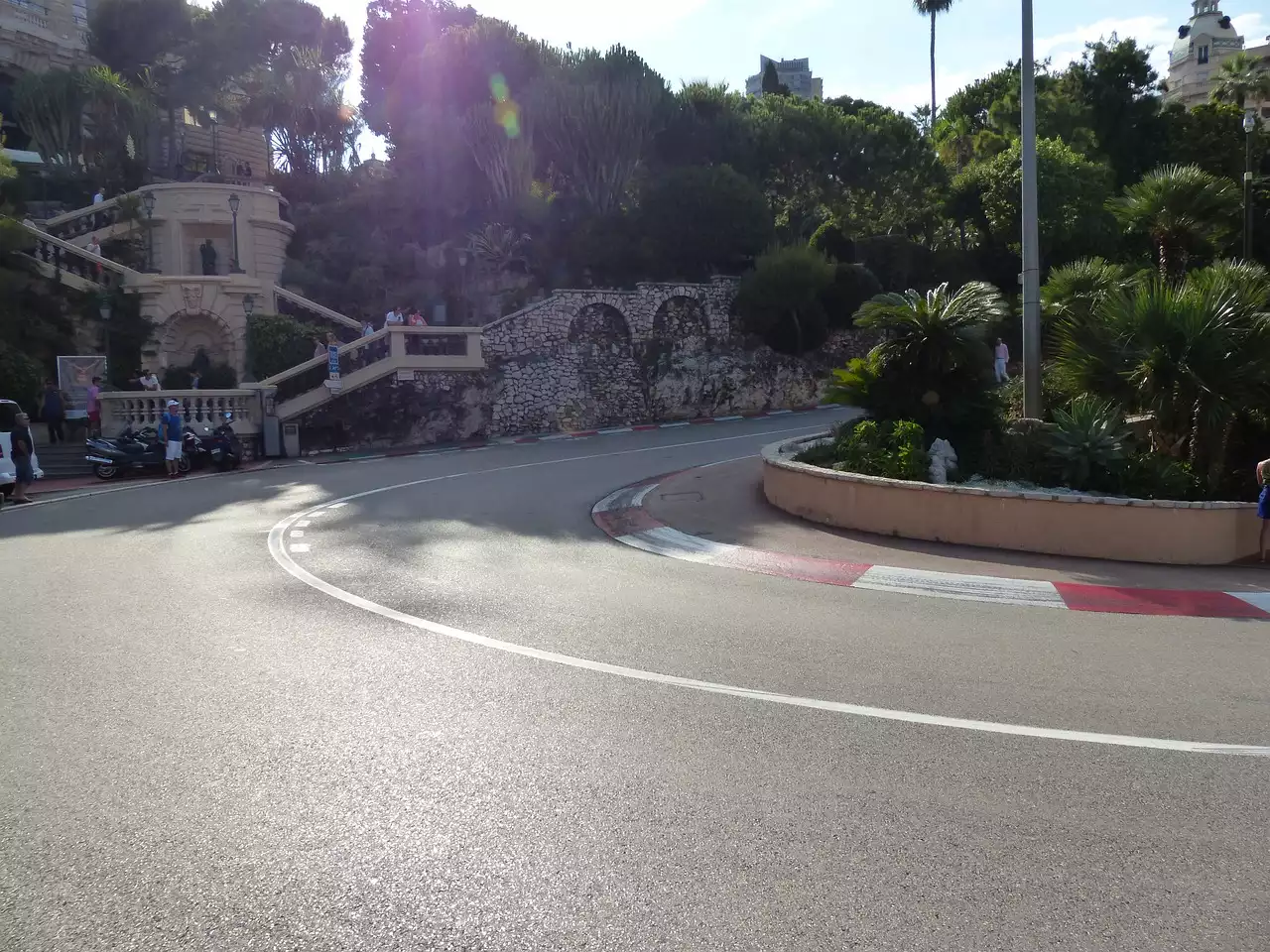
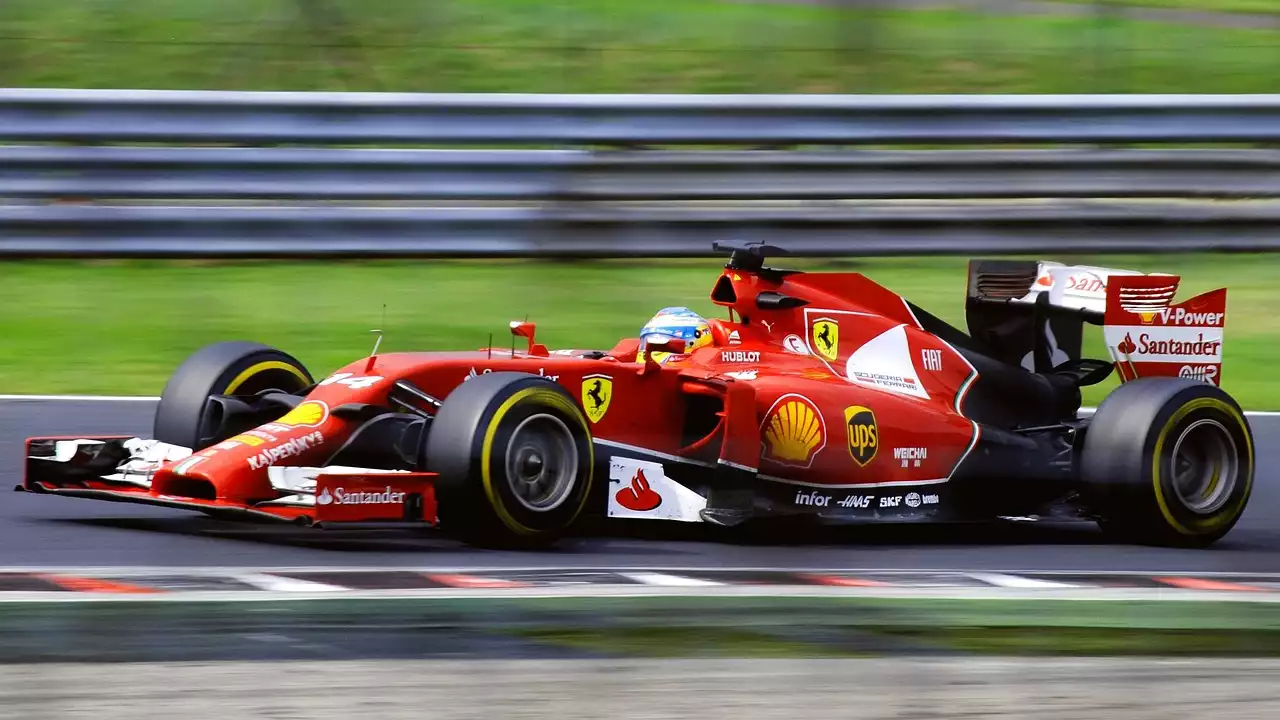
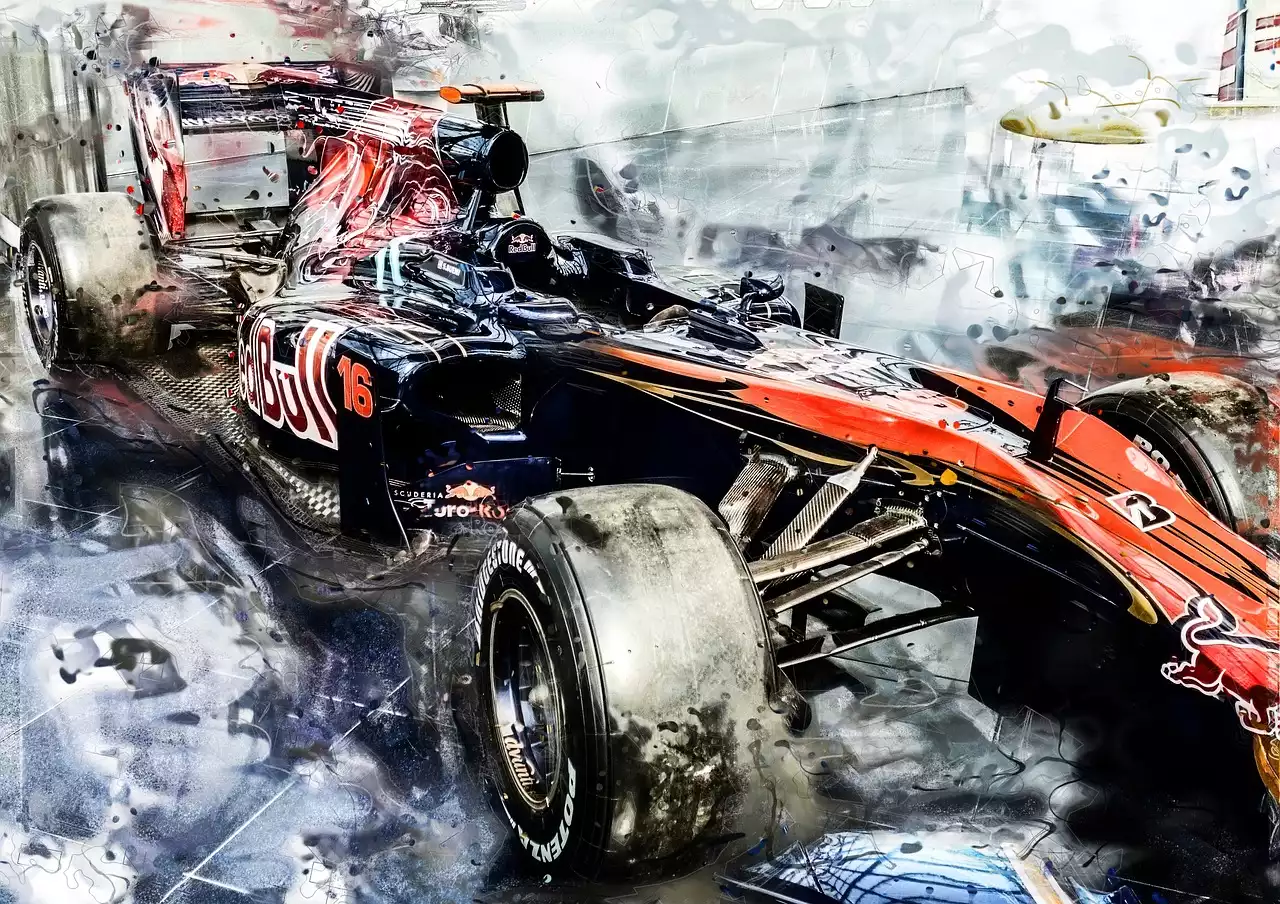
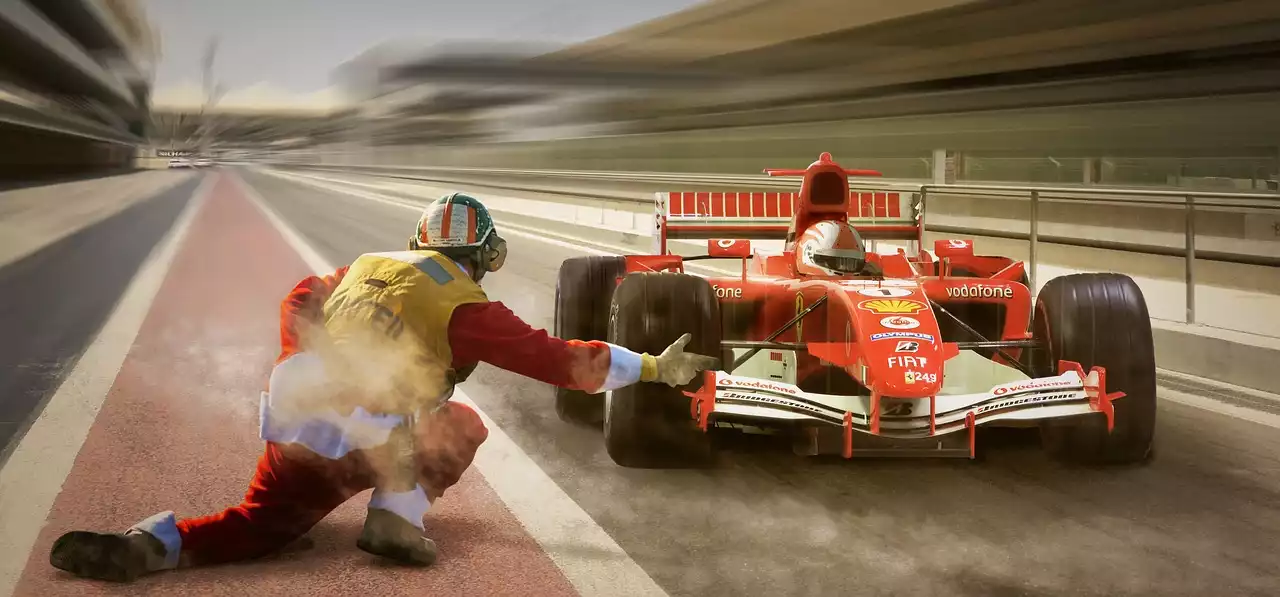
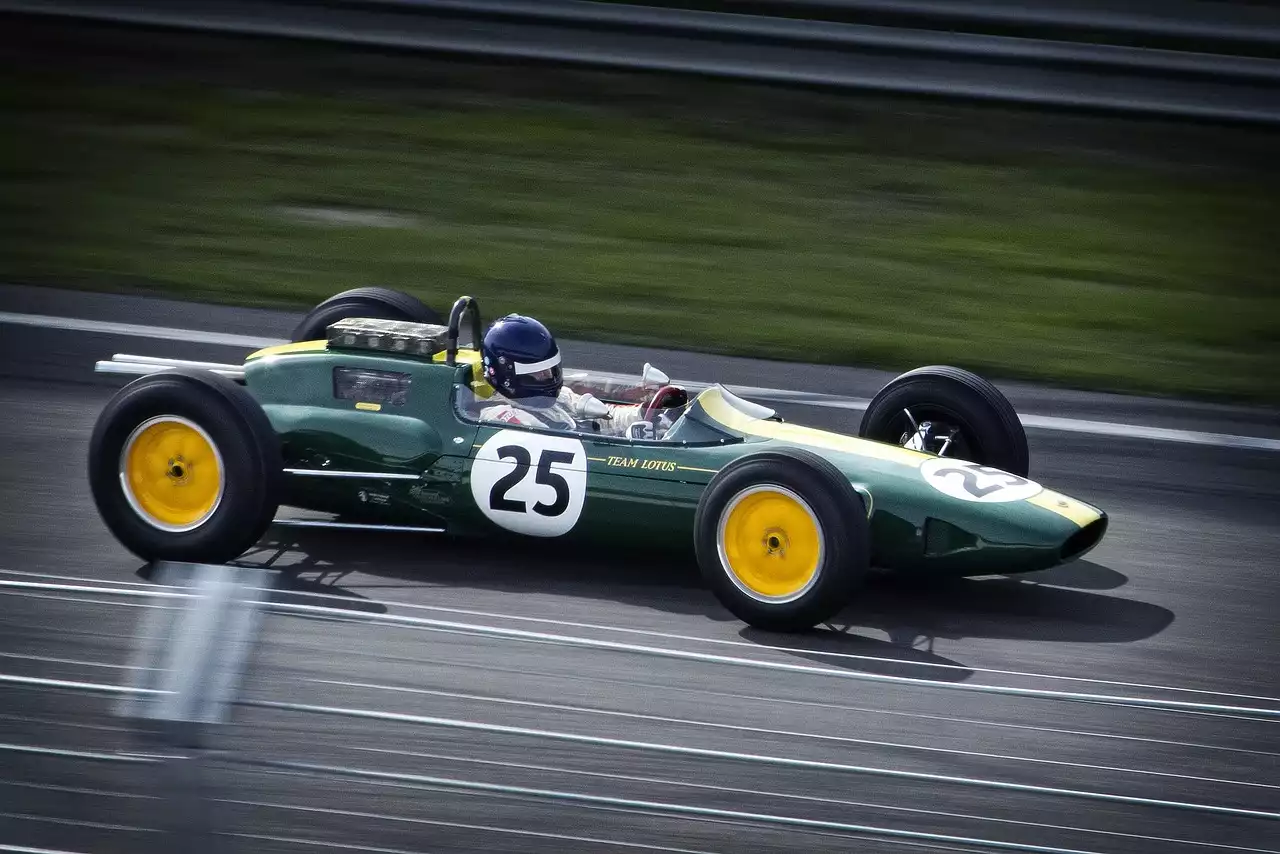



.png?size=50)

